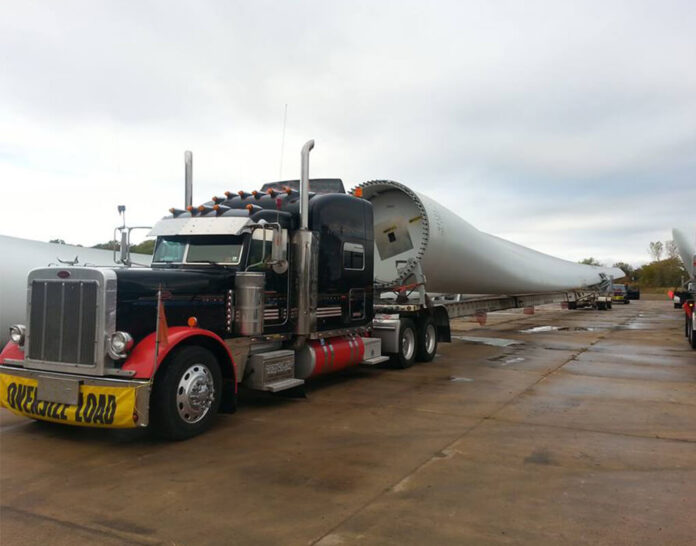Heavy hauling involves the transportation of broad weight. Transporters utilize heavy hauling transportation to deliver massive industrial machinery, giant underground pipelines, structural steel, logs, boats, and vehicles. Generally, the dimensions of large load weights exceed the legal dimensions in different states, cities, or countries. Consider the following suggestions when selecting the best choice of heavy haul transport.
- Assess Your Load Measurements
Increase the accuracy of your hauling quotation by taking precise dimensions of your significant haul’s dimensions. It will come in handy to determine the permissions you require when shipping your cargo. Note that even a minimal difference in inches can necessitate changes in pricing, authorization, or the itinerary of your shipping agent. Knowing your dimensions helps you avoid any requirements for additional hauling permissions should you meet the standards beforehand.
- Understand Your Axle Limitations
You can determine your lawful carrying capacity by the axles of your haulage truck, Whether it’s a step-deck or a double drop, among other trucks. Federal legislation sets the weight restrictions of oversize loads as per your number of axles or their type. Increasing the number of axles allows you to move an additional load. It’s no wonder heavy-hauling machinery is available in axles of variants ranging from 5, 6, 7, 9, 10, 13, and 20. The load that an axle can legally sustain largely depends on its positioning, proximity, and purpose.
- Confirm Your Heavy Hauler’s Services
Heavy haulage transfer can be less frightening if you have a dependable and skilled agent or shipping company by your side. Ensure that your transportation company knows how to access the approvals, the type of assistance needed, and all the dangers along the route. Besides, they should know how to make county or state permits applications. Above all, they should address all concerns that you may have beforehand.
- Prepare In Advance
Figure out all your unique needs. Establish if your cargo requires reinforcement, tarping, or flagging. Take care when planning on securing highly delicate goods to your truck and if they need protection from weather elements. You should also find out if your transporters need a chase vehicle or a pilot during shipping. Ensure that you also find out about any significant ongoing road constructions beforehand. The earlier you’re ready for any unexpected events, the easier it will be to remedy the event.
- Seek Help In Getting A Reliable Trucking Firm
Employ the services of a dependable and professional shipper, agent, or internet freight company to deliver your cargo. Make a lot of inquiries, ask them for testimonials, photos, or other pieces of proof that they have prior experience in the arrangement and management of your kind of heavy hauls. Better yet, assess their online reviews to ensure no adverse claims against them. While at it, ensure that their insurance is valid and appropriate. The quality of their services will significantly depend on how they respond to you.
- Arrange For The Loading And Unloading Logistics
If you’re shipping heavy haul on a truck, it would be helpful to prepare early enough on how you will load it onto a truck. Check if you’ll require a forklift or crane both at the loading and destination venues. Find out about the cost of hiring such machinery in those two different locations so that you can prepare on time.
- You May Require Additional Materials
Federal law requires that you appropriately label any truck hauling oversized cargo or utilize particular travel amenities. For instance, you may require the following.
- Lights
Particular states demand that automobiles have revolving yellow LED lighting to ensure that other road users are safe.
- Pilot cars
Several states require escort cars to follow large shipments. In some cases, a police escort may be necessary.
- Visible banners reading “Oversized Load.”
Your shipper may have to place banners stating that your truck is hauling oversized loads. Truckers affix it on a truck’s back or front during transportation or shipment. Most of these signages are bidirectional, with words reading “oversized load” on a single face and “wide load” on the other face.
- Warning signs
You may have to put flags in yellow, red, or orange fluorescents on a truck’s four corners.
With several firms shipping massive hauls, you should consider working with a reputable heavy carrier, shipping agency, or broker. Brokers can assist you in locating low-cost firms shipping heavy hauls while shipping agents can successfully assist you in scheduling your itinerary. You can now carefully judge a case-by-case scenario following the tips above.
























